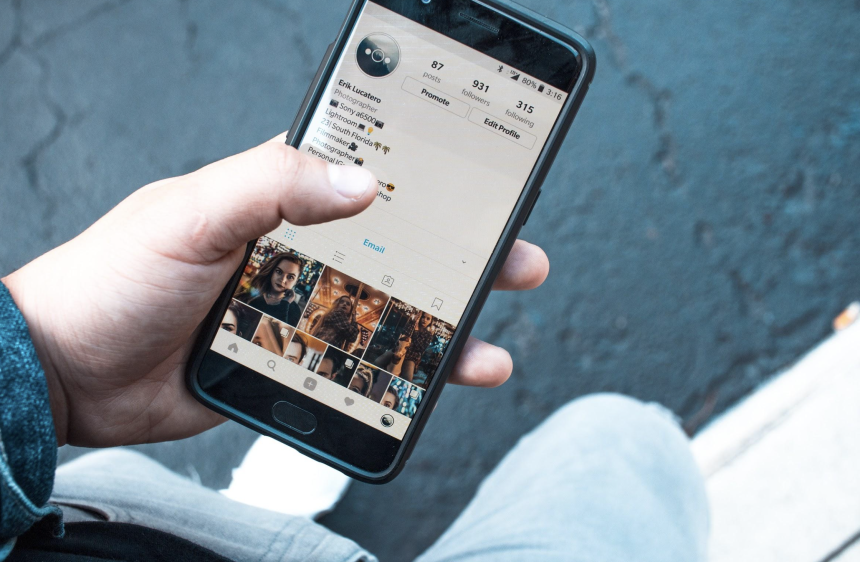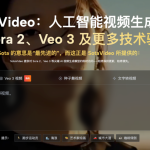Having an online job is now preferable for many people. It cuts down expenses and is generally comfortable since it does not take getting dressed and going to work. For some people, scrolling through social media is the perfect day off, while for others, it’s an opportunity to make money online doing what they like the most, socializing.
This article will discuss what an Instagram micro-influencer is, what a micro-influencer does, and how to become a micro-influencer.
What is the definition of a micro-influencer?
A micro-influencer has a number of followers that varies between 1000 and 25000; however, that’s not the only thing that makes one a micro-influencer. Being able to affect followers, change their minds, and influence them to take action is also vital to becoming a micro-influencer.
Micro-influencers are highly engaged with their audience and focus their content around what interests them the most. In fact, continuous communication and high engagement are common factors between micro and mega influencers.
What does an Instagram micro-influencer do?
Micro-influencers on Instagram support and recommend a variety of brands using their followers. Other common things they do include:
- Promoting products and services using their Instagram followers
- Endorsing products, services, and brands particular to their specific niche
- Creating Instagram content for various accounts
- Attracting more followers using their unique style and social media expertise
- Collaborating with brands that are oriented towards their particular niches
- Constantly creating content that is relatable to what their followers like
Tips on how someone can become an Instagram micro-influencer
Find the right niche
The first and most important step in becoming an influencer, especially the micro kind, is finding the right audience and niche. It could be politics, fashion, knitting, household, health, medicine, or any other field. The next step would be creating a follower base by posting regularly and focusing on high-converting content.
Personalizing the content towards a narrow and specific niche is best. Do not create general content; focus on something exciting for both the creator and the particular audience. Being specific ensures less competition among other influencers.
The type of content varies from Instagram story design to images, videos, and reels that the followers would like to know about. Also, doing some research to learn more about the chosen audience and its interests can help in giving more ideas about how to create and post the content.
Post and engage with the audience regularly
Influencers post on their accounts daily, which helps them stay relevant and constantly appear in their followers’ feeds. Regularly posting is not enough; make sure to engage the audience in the posts, reply to comments and messages, and create conversations. Also, engage with other influencers to improve relationships and gain a higher reach and a bigger inspiration.
The content created must be authentic and original, and it must highlight the product or service provided. Ensure the content is targeted to the specific niche and does not promote any random company’s products or services. Promoting random companies will not be effective in the long run.
The goal is to be seen as an authority in the chosen niche. Sharing relevant content will ultimately help in achieving this goal. Increasing the engagement rate can happen simultaneously with increasing the follower count. A high engagement rate can lead to lucrative brand deals and sponsorships.
Connect with brands targeting the same niche
Once the target audience is established with the right niche, micro-influencers can start looking for brands and companies to collaborate with. Generally, they have more room for flexibility than mega-influencers.
At first, forming relationships with three or four brands that target the same niche will allow the influencer to focus on creating quality content, which is better than having a variety of random posts.
Brands often reach out to influencers once they know they are open to collaboration. Consider doing a few free ones before getting the first paid collaboration. It allows managers of the companies to see how influencers work and helps them know what to expect from them in future cooperation.
In conclusion
The three tips mentioned above are only the beginning; there are many other ways and recommendations to follow. And since being a micro-influencer is not a conventional job, its outlook depends on the ability to appear constantly, post regularly, and engage with the audience. It takes much effort and a lot of skill to achieve the success that will lead to profitable collaborations.
Lynn Martelli is an editor at Readability. She received her MFA in Creative Writing from Antioch University and has worked as an editor for over 10 years. Lynn has edited a wide variety of books, including fiction, non-fiction, memoirs, and more. In her free time, Lynn enjoys reading, writing, and spending time with her family and friends.















